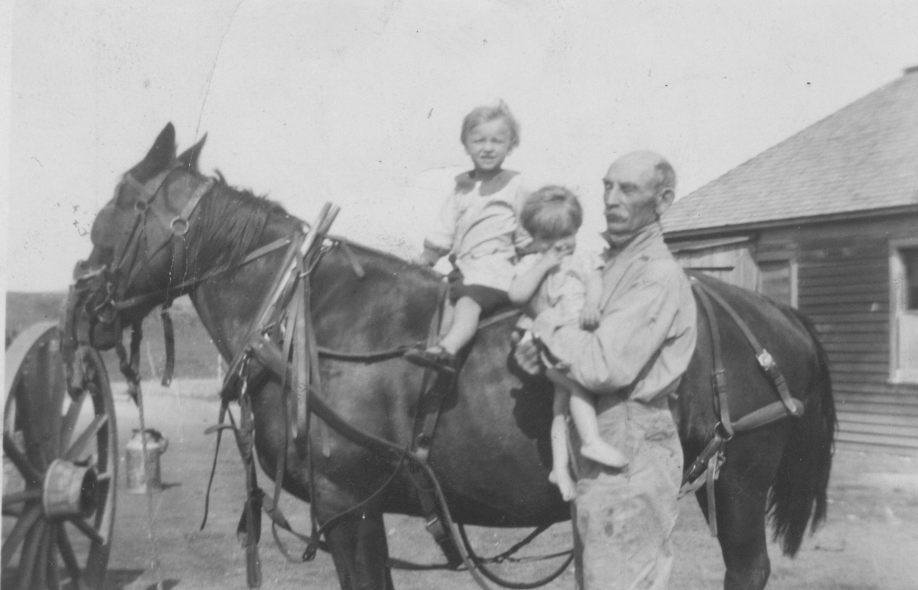I first learned of genealogy in my senior year of high school. Back then, it was a paper-based system, and that took all the fun out of the idea for me. Then, when I had small children, my Mom, Donna Stillwell, did family history books for each side of the family. Interesting stuff! Personal computers and genealogy software were now available, so my interest in family history research took off.
If you’re wanting to do genealogy with paper and pencil, I don’t have much to offer. Good luck!
The rest of this post is for those of you who are ready to “get with the program.” Basic requirements are a fairly current computer (I prefer laptop for research portability), and reliable internet access. A flatbed scanner and a printer are somewhere between “really nice” and “indispensable.”
You’ve heard a lot about online services like Ancestry.com, MyHeritage.com and other such sites. These are not resident on your computer, but on the web. I like using them for gathering information, but my actual database is solidly built on my computer.
There are several good software programs for genealogy, such as My Family Tree, Family Tree Maker and Legacy. I use Legacy, love it, and know nothing about the other programs, so don’t ask!
The beauty of using the software-based programs on your computer is that they usually allow you to print out reports.
Legacy’s reports options are amazing! It will take the data you’ve entered and turn it inside out and upside down and spit out the most fabulous reports. Ancestors! Descendants! Pie charts! Chronologies! Relationship Reports! Ancestry.com doesn’t allow you to print reports. My Legacy program on my computer is where my family tree is planted and thriving. And I love creating PDF reports to share with family.
You can get quite a bit done with your computer, scanner, printer and your Legacy-based family tree. Later on, when you’ve harvested all the data you can from the source material at hand, you can start searching the Internet for information.
The nice thing is that Legacy has a free version you can download immediately. Play around with it, but don’t get too far entering information until I chat with you about Sources in my next blog.
If you’re wanting to do genealogy with paper and pencil, I don’t have much to offer. Good luck!
The rest of this post is for those of you who are ready to “get with the program.” Basic requirements are a fairly current computer (I prefer laptop for research portability), and reliable internet access. A flatbed scanner and a printer are somewhere between “really nice” and “indispensable.”
You’ve heard a lot about online services like Ancestry.com, MyHeritage.com and other such sites. These are not resident on your computer, but on the web. I like using them for gathering information, but my actual database is solidly built on my computer.
There are several good software programs for genealogy, such as My Family Tree, Family Tree Maker and Legacy. I use Legacy, love it, and know nothing about the other programs, so don’t ask!
The beauty of using the software-based programs on your computer is that they usually allow you to print out reports.
Legacy’s reports options are amazing! It will take the data you’ve entered and turn it inside out and upside down and spit out the most fabulous reports. Ancestors! Descendants! Pie charts! Chronologies! Relationship Reports! Ancestry.com doesn’t allow you to print reports. My Legacy program on my computer is where my family tree is planted and thriving. And I love creating PDF reports to share with family.
You can get quite a bit done with your computer, scanner, printer and your Legacy-based family tree. Later on, when you’ve harvested all the data you can from the source material at hand, you can start searching the Internet for information.
The nice thing is that Legacy has a free version you can download immediately. Play around with it, but don’t get too far entering information until I chat with you about Sources in my next blog.

 RSS Feed
RSS Feed
